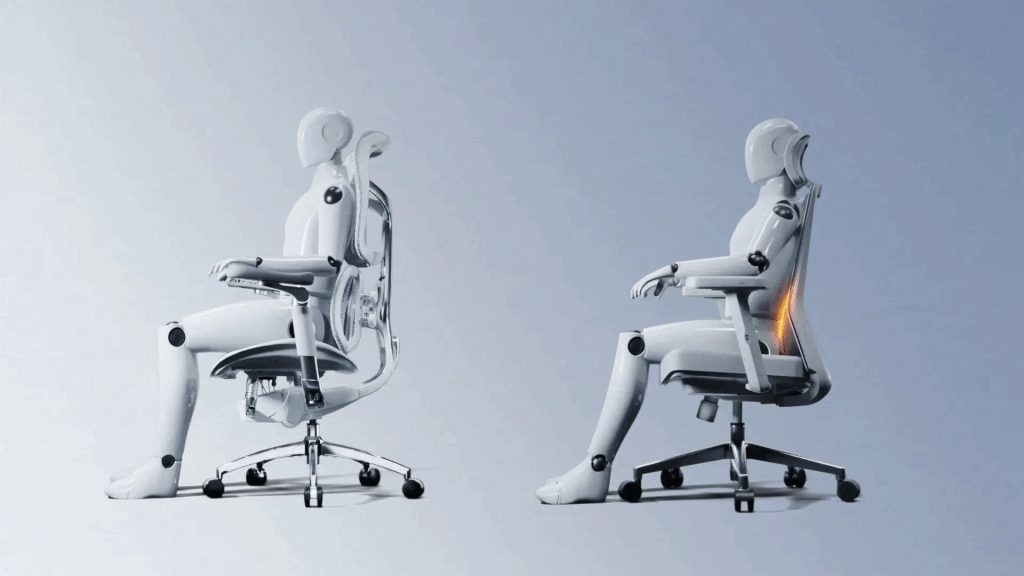Introduction:
In the hustle and bustle of modern life, where sedentary activities are on the rise, the health of our spine often takes a back seat. Long hours spent sitting at desks, driving, or engaging in activities that compromise our posture contribute to an array of spinal issues. In this blog, we delve into the significance of diagnosing and determining spinal deflection – a crucial aspect of maintaining overall health and well-being.
Understanding the Impact:
The spine, a complex structure of bones, discs, and nerves, plays a pivotal role in supporting the body’s framework and facilitating movement. However, our daily habits, particularly those related to prolonged sitting and poor posture, can lead to spinal deflection or misalignment. This misalignment can result in various issues, ranging from mild discomfort to severe chronic conditions.
The Growing Concern:
As societies transition to more sedentary lifestyles, concerns about spinal health have grown. Studies indicate that a significant portion of the population experiences spinal problems, with issues such as back pain, herniated discs, and sciatica becoming increasingly prevalent. The modern workplace, where hours are spent seated at desks, contributes substantially to these problems.
Importance of Diagnosis:
Diagnosing spinal deflection involves a comprehensive assessment of the spine’s alignment and condition. This process is essential for several reasons:
1. Early Intervention:
Early detection allows for timely intervention, preventing minor issues from escalating into more severe conditions. Regular check-ups and diagnostic assessments can identify misalignments before they lead to chronic pain or discomfort.
2. Precision in Treatment:
Accurate diagnosis provides healthcare professionals with the information needed to tailor treatment plans specifically to the individual’s spinal condition. Whether through physical therapy, chiropractic care, or other modalities, personalized treatment enhances effectiveness.
3. Prevention of Complications:
Understanding the extent of spinal deflection helps in preventing complications that may arise from prolonged neglect. By addressing issues promptly, individuals can mitigate the risk of developing chronic conditions that could impact their overall quality of life.
Determining Spinal Deflection:
Determining spinal deflection involves evaluating the curvature and alignment of the spine. This process aids in understanding the extent of misalignment and its impact on the surrounding structures. Key aspects of determining spinal deflection include:
1. Posture Analysis:
Assessing an individual’s posture is fundamental to understanding spinal alignment. Posture analysis involves observing the alignment of the head, shoulders, spine, and pelvis in various positions – sitting, standing, and walking.
2. Advanced Imaging:
Technologies like X-rays, MRI, and CT scans offer detailed images of the spine’s structure. These diagnostic tools provide invaluable insights into the specific nature and degree of spinal deflection.
3. Range of Motion Evaluation:
Determining the range of motion helps assess the flexibility and mobility of the spine. Restrictions in movement can indicate issues with spinal alignment and may guide treatment planning.
The Role of Technology:
Advancements in technology have significantly enhanced the diagnostic capabilities for spinal health. Innovative tools, such as pressure-sensitive seat covers and smart sensors, enable continuous monitoring of an individual’s posture. These technologies offer real-time data, allowing for a more dynamic understanding of spinal alignment in various activities.
Preventive Measures and Lifestyle Changes:
Beyond diagnosis and determination, proactive steps can be taken to promote spinal health and prevent deflection. These include:
1. Ergonomic Practices:
Adapting ergonomic practices in the workplace and at home can significantly reduce the risk of spinal issues. Proper desk and chair ergonomics, along with regular breaks and stretching, contribute to maintaining a healthy spine.
2. Regular Exercise:
Engaging in regular physical activity, particularly exercises that strengthen the core and support the spine, is crucial. Activities like yoga, Pilates, and targeted strength training can contribute to spinal stability.
3. Mindful Sitting and Standing:
Being mindful of posture during both sitting and standing activities is essential. Avoiding prolonged periods of sitting, practicing good posture, and using supportive chairs contribute to spinal well-being.
Conclusion:
Diagnosing and determining spinal deflection is a fundamental step towards ensuring the longevity and vitality of our spine. As we navigate a world dominated by sedentary activities, prioritizing spinal health becomes paramount. Utilizing advanced diagnostic tools, embracing preventive measures, and making conscious lifestyle choices empower individuals to take control of their spinal well-being and lead healthier, more comfortable lives. Remember, a proactive approach to spinal health today can pave the way for a pain-free and active tomorrow.

